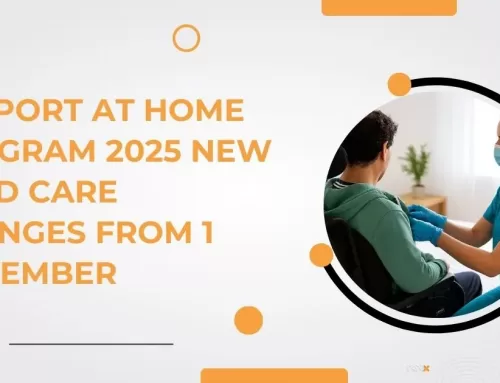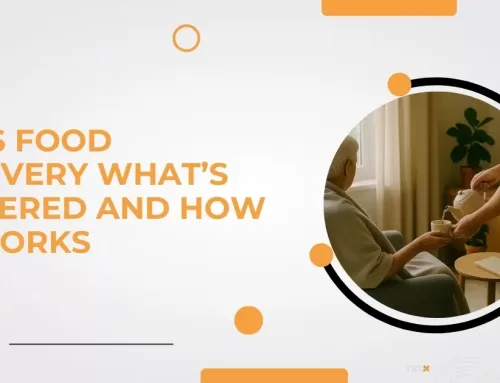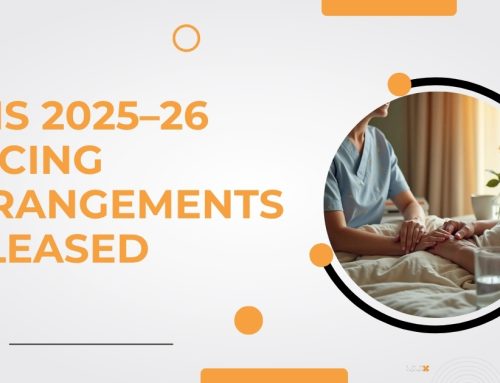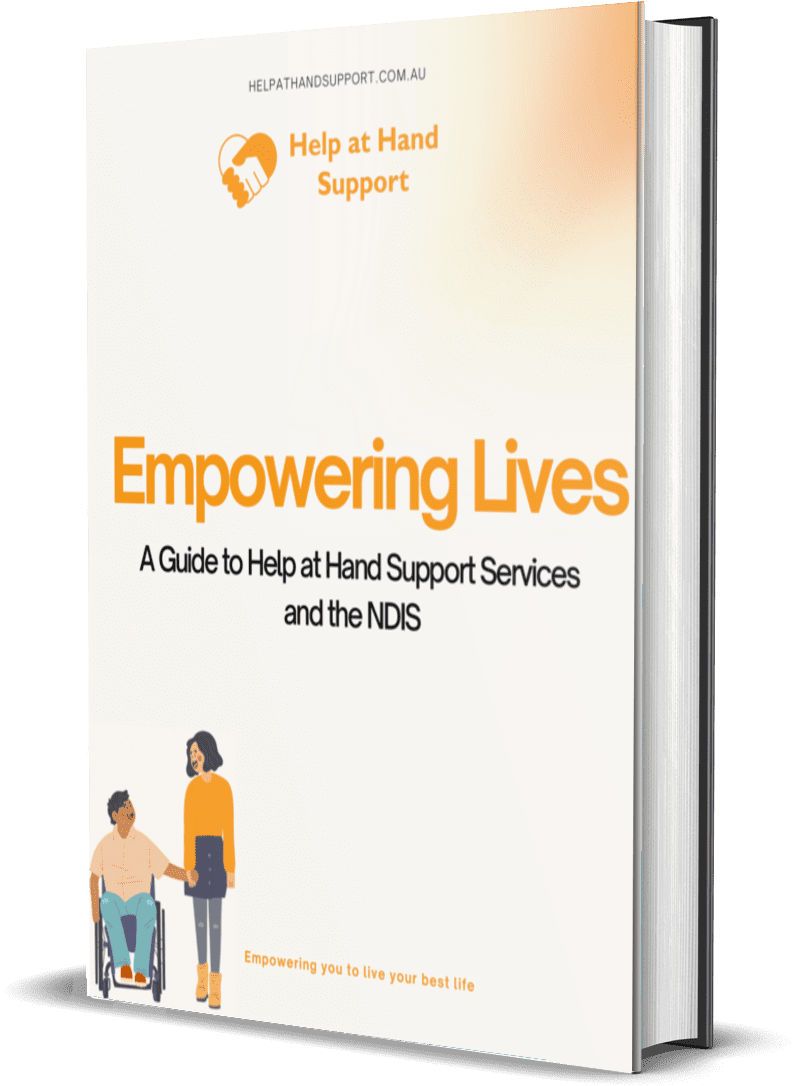What is critical thinking, and how does it work?
Critical thinking is the ability to process information using logic, evidence, and reason, not emotion or assumption.
It means asking clear questions, checking the reliability of information, and drawing conclusions based on facts.
It is not about arguing; it is about thinking clearly and making sound decisions.
Critical thinking avoids impulse, bias, and emotional reactions. It uses a deliberate, structured approach that improves the accuracy and impact of every decision you make.
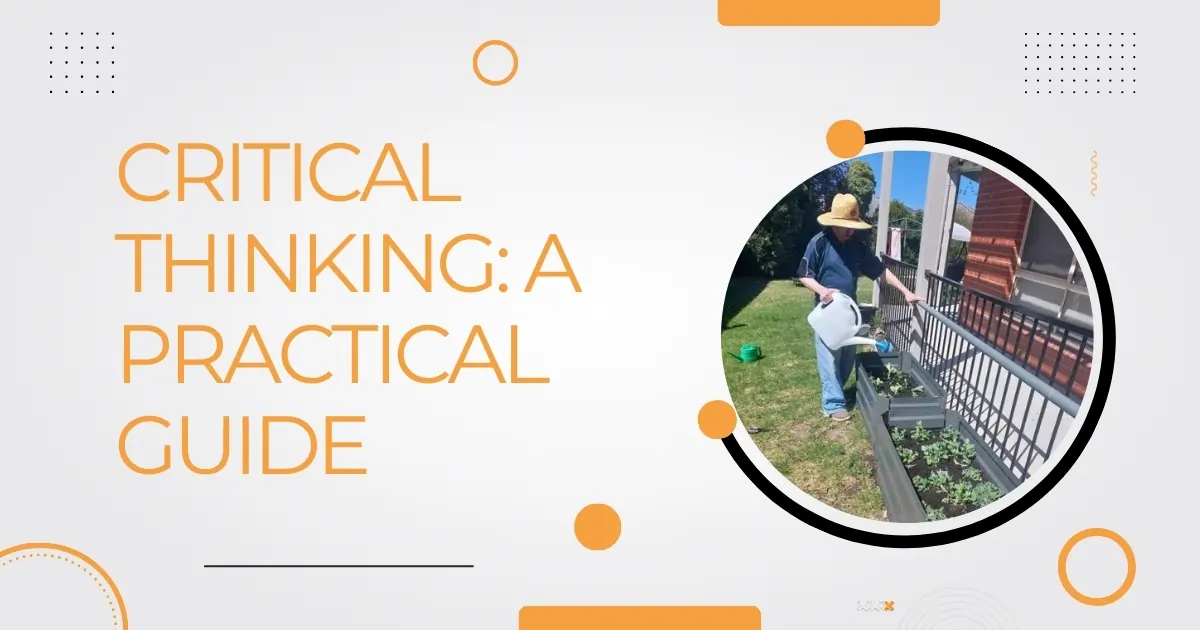
Why critical thinking matters in everyday life and business
Critical thinking enhances decision-making, communication, and teamwork in both personal and professional contexts.
It helps you analyse problems, act on evidence, and stay focused under pressure.
In business, it facilitates better planning, reduces errors, and enables faster solutions. In daily life, it helps you handle challenges with logic and control.
Critical thinkers break down problems, use facts rather than emotions to make decisions, remain open to new ideas, and explain their reasoning clearly.
These traits are vital in leadership, education, healthcare, and client service, where clear thinking has a direct impact on results.
What are the benefits of becoming a better critical thinker?
Better critical thinking leads to clearer decisions, fewer mistakes, and more control in everyday and professional life.
Strong critical thinkers define problems clearly, question assumptions, and act based on facts and evidence.
They stay logical under pressure, listen to opposing views, and avoid emotional reactions. This approach enhances judgment, mitigates risk, and fosters confidence in every situation.

How to apply critical thinking in real-life scenarios
Critical thinking uses a step-by-step process to solve problems and make decisions based on facts.
Follow these seven steps to apply it effectively.
Step 1 – Clarify the issue
Define the exact problem.
Avoid vague terms. Be specific. Instead of “Sales are down,” say “Sales dropped 15% in Q2 in the northern region due to fewer client renewals.”
Ask what the problem is and what assumptions you are making.
Step 2 – Gather information
Identify what you know and what is missing.
Use reports, feedback, or market data. Do not rely on gut instinct. Get facts that prove or disprove your current view.
Step 3 – Check the evidence
Make sure your data is current, accurate, and unbiased.
Do not act on opinions or outdated info. If clients complain about delays, confirm it with delivery records.
Step 4 – Find assumptions
Spot beliefs that are untested or wrong.
If you assume someone is unskilled because they are quiet, you may miss their ideas. Challenge your thinking before acting.
Step 5 – Explore other options
Do not settle on the first idea.
Ask what else could work. A cost-cutting plan might overlook a more lucrative revenue idea. Different views can reveal better solutions.
Step 6 – Decide with logic
Pick the option backed by facts and reason.
If data shows onboarding is the issue, fix the process, not the sales team. Explain your decision clearly.
Step 7 – Review the outcome
Check what worked and what did not.
Learn from the result. Apply those lessons next time to avoid repeating mistakes.
What does critical thinking look like at work?
Workplaces that value essential thinking see better teamwork, decision-making, and leadership.
Every day use cases include:
- Problem-solving: Breaking significant issues into manageable steps
- Strategy: Aligning actions with long-term goals
- Meetings: Encouraging evidence-backed opinions
- Hiring: Choosing candidates based on performance criteria, not just personality
- Training: Helping staff think for themselves, not just follow rules
Why critical thinking is a mindset, not just a skill
Critical thinking is a consistent way of thinking, not just a technique you use occasionally.
It is about how you approach problems with discipline, curiosity, and clear reasoning.
It goes beyond knowledge. It is a mindset of questioning, learning, and making decisions based on evidence.
When practised regularly, this mindset enhances professional judgment, fosters personal resilience, and enables you to adapt to new situations with clarity and confidence.
Frequently Asked Questions
What is the first step in critical thinking?
Clarifying the issue is the first step. You must define the problem or question clearly to avoid vague thinking and poor decisions.
How does critical thinking differ from problem-solving?
Critical thinking is the process, while problem-solving is one application of that process. Critical thinking involves analysing, questioning, and evaluating; problem-solving uses that thinking to take action.
Can critical thinking be taught?
Yes, critical thinking is a learnable skill. With regular practice and feedback, anyone can enhance their reasoning, objectivity, and decision-making skills.
How can teams build better critical thinking habits?
Encourage open-ended questions, remove blame from mistake reviews, use structured brainstorming, and train staff to distinguish between facts and opinions.
Applying Critical Thinking to NDIS Plan Management
If you want to apply critical thinking to your NDIS decisions, our Plan Management service is the ideal starting point.
It provides a clear view of how your budget is utilised, helps you assess providers based on their outcomes, and supports decisions grounded in logic, not guesswork.
Like critical thinking, it relies on facts, clarity, and purpose. With the proper guidance, you can make informed choices that align with your goals and deliver real results.
Check out more from our Blog
Book A Care Consult
We will be in contact with you shortly

